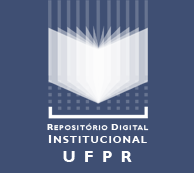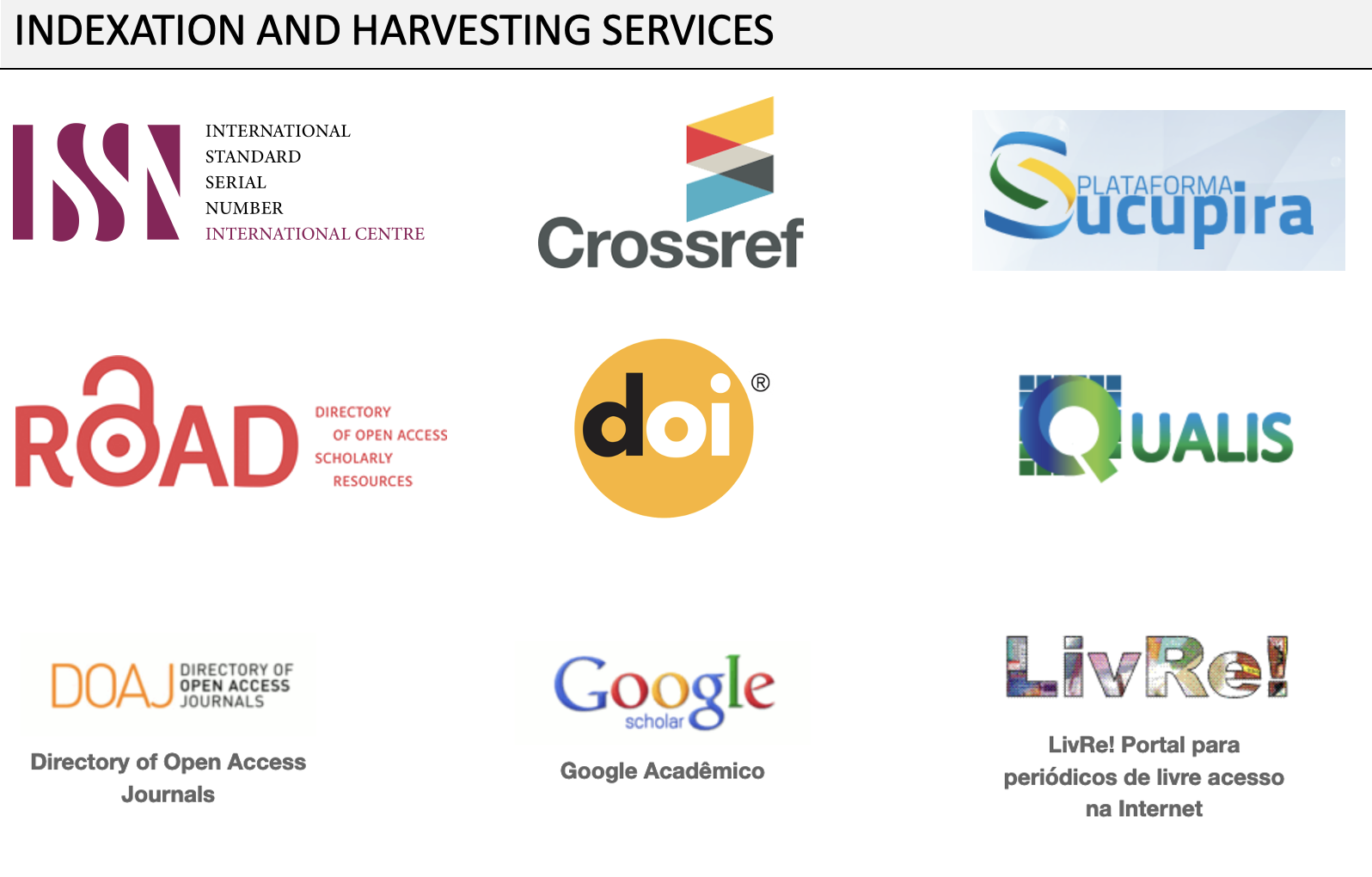A Normative Understanding of Innovation
DOI:
https://doi.org/10.5380/nocsi.v0i2.91154Keywords:
innovation, normative, values, ethics, technology, responsible innovation, definitionAbstract
Commentators have bemoaned the absence of a clear conceptual understanding of innovation both generally and within responsible innovation (RI). Much of our thinking about innovation is fragmented into separate categories such as “business,” “social” or “technological” innovation with no clear understanding of the term these adjectives modify. In addition, RI discussions focus overwhelmingly on technological advances delivered through the marketplace, which are only a portion of the innovation story. Clearly, we need to develop a stronger account of the concept of innovation. What criteria must be satisfied for a contribution to the world to qualify as an innovation or, more simply, what is an innovation? This article will contend that innovation is inescapably normative, and that we can construct an understanding of innovation by elaborating on its normative elements and their implications. Innovation, I will propose, is ethical change that delivers substantial applied value to beneficiaries of a domain. After developing this account, I will show how it can reframe our understanding of innovation’s relationship with technology and the marketplace, the innovator’s understanding of technology, who gets to innovate, and why the various categories of innovation may be more diverting than helpful. I will also reflect on how the account of innovation offered here can refine our understanding of RI.
References
Arthur, W. B. (2009). The Nature of Technology: What It Is and How It Evolves. Free Press.
Baregheh, A., Rowley, J., & Sambrook, S. (2009). Towards a multidisciplinary definition of innovation. Management Decision, 47(8), 1323-1339. https://doi.org/10.1108/00251740910984578
Bauer, A., Bogner, A., & Fuchs, D. (2021). Rethinking societal engagement under the heading of Responsible Research and Innovation: (novel) requirements and challenges. Journal of Responsible Innovation, 8(3), 343-363. https://doi.org/10.1080/23299460.2021.1909812
Bay, M. (2017). The ethics of unbreakable encryption: Rawlsian privacy and the San Bernardino iPhone. First Monday, 22(2). https://doi.org/10.5210/fm.v22i2.7006
Blok, V. (2018). Philosophy of Innovation: A Research Agenda: Guest Editorial. Philosophy of Management, 17(1), 1-5. https://doi.org/10.1007/s40926-017-0080-z
Blok, V. (2021). What Is Innovation? Laying the Ground for a Philosophy of Innovation. Techné: Research in Philosophy and Technology, 25(1), 72-96. https://doi.org/10.5840/techne2020109129
Boisvert, D. R. (2021). Charles Leslie Stevenson. In E. N. Zalta (Ed.), Stanford Encyclopedia of Philosophy (Fall 2021 Edition). Stanford University. https://plato.stanford.edu/entries/stevenson/
Brownell, B. (2017). Transmaterial Next: A Catalog of Materials that Redefine Our Future. Princeton Architectural Press.
Cambridge Dictionary (n.d.). Goods. In Cambridge Academic Content Dictionary. Cambridge University Press. https://dictionary.cambridge.org/us/dictionary/english/goods
Cuneo, T. (2020). Normative. In A Dictionary of Ethics. Oxford University Press. https://doi.org/10.1093/acref/9780191835759.001.0001
de Groot, H. (2019). A Low-Tech Climate Fix. Scientific American, 320(4), p. 7.
Dignum, M., Correljé, A., Cuppen, E., Pesch, U., & Taebi, B. (2016). Contested Technologies and Design for Values: The Case of Shale Gas. Science and Engineering Ethics, 22(4), 1171-1191. https://doi.org/10.1007/s11948-015-9685-6
Dijkgraaf, R. (2017). The World of Tomorrow. In A. Flexner, The Usefulness of Useless Knowledge (pp. 3-47). Princeton University Press.
Finnis, J. (1980). Natural Law and Natural Rights. Oxford University Press.
Gaglio, G., Godin, B., & Pfotenhauer, S. (2019). X - Innovation: Re-Inventing Innovation Again and Again. NOvation-Critical Studies of Innovation, 1(June), 1-17.
Gawande, A. (2010). The Checklist Manifesto: How to Get Things Right. Picador.
Goedhart, M., & Koller, T. (2020). The value of value creation. McKinsey Quarterly, June 16. https://www.mckinsey.com/business-functions/strategy-and-corporate-finance/our-insights/the-value-of-value-creation.
Henderson, R. (2020). Reimagining Capitalism in a World on Fire. Public Affairs.
Jacobs, J. (1961). The Death and Life of Great American Cities. Random House.
Jacobson, D. (2011). Fitting Attitude Theories of Value. In E. N. Zalta (Ed.), Stanford Encyclopedia of Philosophy (Spring 2011 ed.). Stanford University. https://plato.stanford.edu/archives/spr2011/entries/fitting-attitude-theories/.
Johnson, M. (2018). Reinvent Your Business Model: How to Seize the White Space for Transformative Growth. Harvard Business Review Press.
Johnson, S. (2010). Where Good Ideas Come From: The Natural History of Innovation. Riverhead Books.
Kambhampaty, A. P. (2019). New York City Voters Just Adopted Ranked-Choice Voting in Elections. Here's How It Works. Time, November 6. https://time.com/5718941/ranked-choice-voting/
Lubberink, R., Blok V., Van Ophem, J., & Omta, O. (2017). Lessons for Responsible Innovation in the Business Context: A Systematic Literature Review of Responsible, Social and Sustainable Innovation Practices. Sustainability, 9(5), 721-756. https://doi.org/10.3390/su9050721
Maynard, A. (2020). Future Rising: A Journey from the Past to the Edge of Tomorrow. Mango Publishing.
Merck (2021). Over 30 Years: The Mectizan® Donation Program. Responsibility, January 6 https://www.merck.com/stories/mectizan/
Merriam-Webster (n.d.). Innovation. In Merriam-Webster.com dictionary. Merriam-Webster. https://www.merriam-webster.com/dictionary/innovation
Neumark, L. (2017). How the CSA Model Supports a Farm. HuffPost, December 6. https://www.huffpost.com/entry/how-the-csa-model-support_b_6697734
Orsi, F. (2020). The Normative and the Evaluative. The Buck-Passing Account of Value. The Philosophical Quarterly, 70(280), 652-655. https://doi.org/10.1093/pq/pqz075
Owen, R., Macnaghten, P., & Stilgoe, J. (2012). Responsible research and innovation: from Science in Society to Science for Society, with Society. Science and Public Policy, 39(6), 751-760. https://doi.org/10.1093/scipol/scs093
Owen, R., & Pansera, M. (2019). Responsible Innovation: process and politics. In R. von Schomberg & J. Hankins (Eds.) International Handbook on Responsible Innovation: A Global Resource (pp. 35-48). Edward Elgar.
OED (n.d.). Responsible. Oxford English Dictionary.
Parkes, C. (2008). Introduction. OMEGA – Journal of Death and Dying, 56(1), 1-5.
Pisano, G. P. (2019). Creative Construction: The DNA of Sustained Innovation. Public Affairs.
Pitt, J. (2000). Thinking About Technology. Seven Bridges Press.
Planing, P. (2017). On the origin of innovations – the opportunity vacuum as a conceptual model for the explanation of innovation. Journal of Innovation and Entrepreneurship, 6, 5. https://doi.org/10.1186/s13731-017-0063-2
Robinson, D., Simone A., & Mazzonetto, M. (2020). RRI legacies: co-creation for responsible, equitable and fair innovation in Horizon Europe. Journal of Responsible Innovation, 8(2), 209-216. https://doi.org/10.1080/23299460.2020.1842633
Rowland, R. (2015). Reasons As The Unity Among The Varieties Of Goodness. Pacific Philosophical Quarterly, 97(2), 200-227. https://doi.org/10.1111/papq.12057
Scanlon, T. M. (1998). What We Owe To Each Other. Cambridge: Belknap Press.
Scanlon, T. M. (2011). The Unity of the Normative. Philosophical Studies: An International Journal for Philosophy in the Analytic Tradition, 154(3), 443-450. https://doi.org/10.1007/s11098-011-9736-z
Schroeder, M. (2016). Value Theory. In E. N. Zalta (Ed.), Stanford Encyclopedia of Philosophy (Fall 2016 ed.). Stanford University. https://plato.stanford.edu/archives/fall2016/entries/value-theory/
Simon, J. (2017). Value-Sensitive Design and Responsible Research and Innovation. In S. Hansson (Ed.), The Ethics of Technology: Methods and Approaches (pp. 219-235). Rowman & Littlefield.
Soni, J., & Goodman, R. (2017). A Mind at Play: How Claude Shannon Invented the Information Age. Simon and Shuster.
Stilgoe, J., Owen, R., & Macnaghten, P. (2013). Developing a Framework for Responsible Innovation. Research Policy, 42(9), 1568-1580. https://doi.org/10.1016/j.respol.2013.05.008
Sunstein, C. R. (1994). Incommensurability and Valuation in Law. Michigan Law Review, 92(4), 779-861. https://doi.org/10.2307/1289693
Telsa (2019). Impact Report 2019. https://www.tesla.com/ns_videos/2019-tesla-impact-report.pdf
Thaler, R. H., & Sunstein, C. R. (2008). Nudge: Improving Decisions about Health, Wealth, and Happiness. Yale University Press.
Tibbits, S. (2021). Things Fall Together: A Guide to the New Materials Revolution. Princeton University Press.
Tidd, J., & Bessant, J. (2018) Managing Innovation: Integrating Technological, Market and Organizational Change (6th ed.). John Wiley.
Toyama, K. (2015). Geek Heresy: Rescuing Social Change from the Cult of Technology. Public Affairs.
Verbeek, P. (2006). Materialising Morality: Designing Ethics and Technological Mediation. Science, Technology and Human Values, 31(3), 361-380. https://doi.org/10.1177/0162243905285847
Von Schomberg, L., & Blok, V. (2018). The turbulent age of innovation. Synthese, 198, 4667-4683. https://doi.org/10.1007/s11229-018-01950-8
Von Schomberg, R. (2013). A vision of responsible innovation. In R. Owen, M. Heintz, M. & J. Bessant (Eds.), Responsible Innovation: Managing the responsible innovation of science and innovation in society (pp. 51-74). John Wiley.
Von Schomberg, R., & Hankins, J. (2019). Introduction to the International Handbook on Responsible Innovation. In R. von Schomberg & J. Hankins (Eds.) International Handbook on Responsible Innovation: A Global Resource (pp. 1-11). Edward Elgar.
Wedgwood, R. (2010). The Nature of Normativity: Précis. Philosophical studies, 151(3), 445-448. https://doi.org/10.1007/s11098-010-9553-9
Winner, L. (1978). Autonomous Technology. Technics Out of Control as a Theme in Political Thought. MIT Press.
Downloads
Published
How to Cite
Issue
Section
License
NOvation is an open-access journal under a Creative Commons – CC Attribution-NonCommercial-ShareAlike 4.0 license, which allows others to share the work with an acknowledgement (and preservation) of the author's authorship and intellectual property rights.
To this extent, the authors who publish in this journal agree with the following terms:
1. Authors retain the rights and grant the journal the right of first publication, with the work published under the Creative Commons – CC Attribution-NonCommercial-ShareAlike 4.0 that allows [...].
2. Authors have authorization for distribution, of the version of the work published in this journal, in an institutional repository, thematic, databases and in other works as a book chapter, with acknowledgement of authorship and initial publication in the journal;
3. Papers published in this journal will be indexed in databases, repositories, portals, directories and other sources in which the journal is and will be indexed.
Ethical Responsibilities of Authors
This journal is committed to upholding the integrity of the scientific record.
Consent to submit has been received explicitly from all co-authors, as well as from the responsible authorities – tacitly or explicitly – at the institute/organization where the work has been carried out, before the work is submitted.







